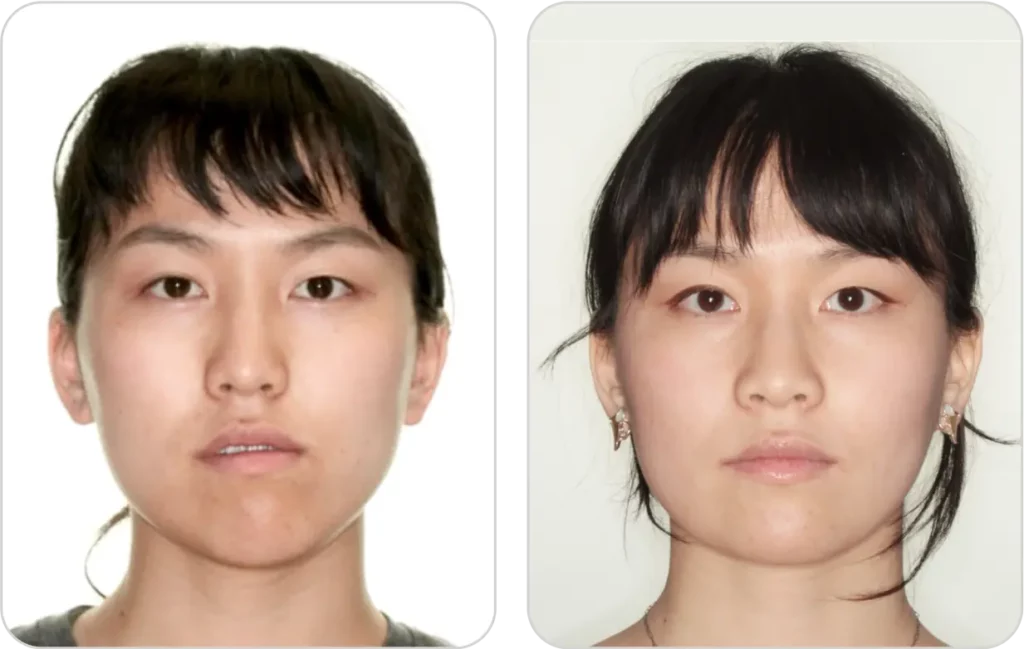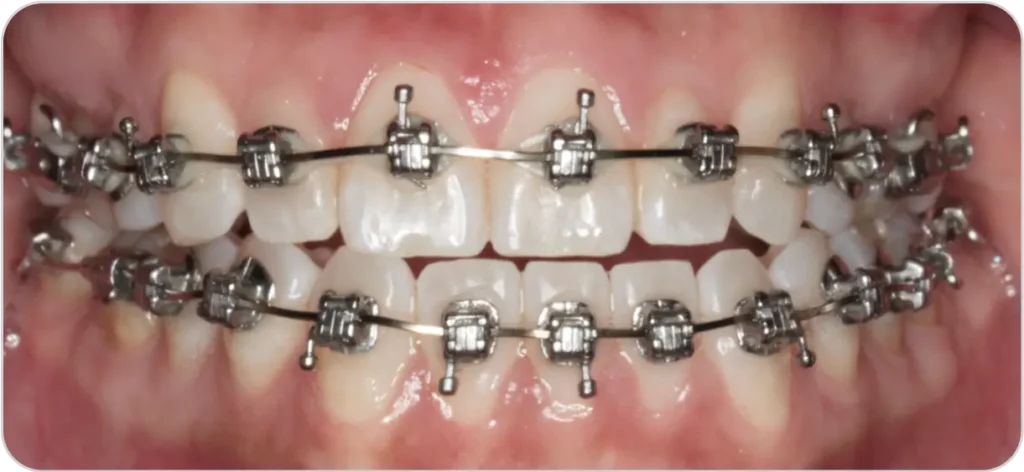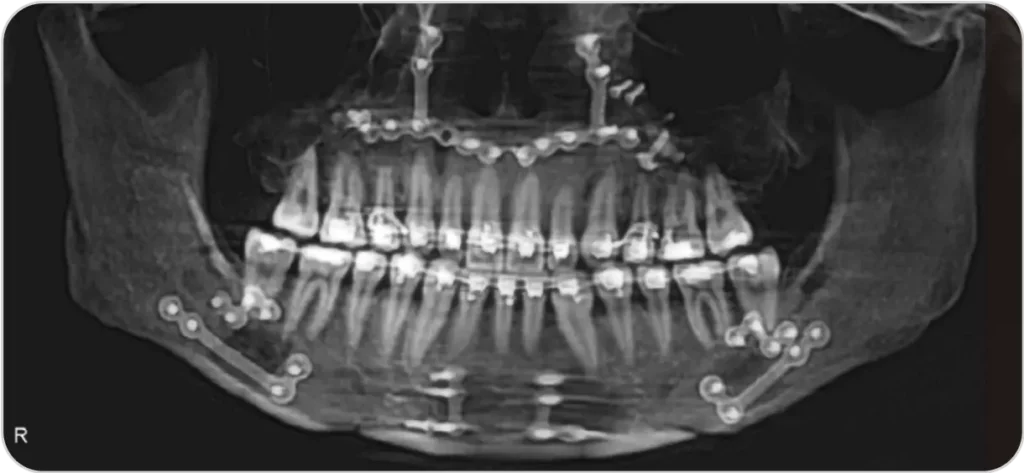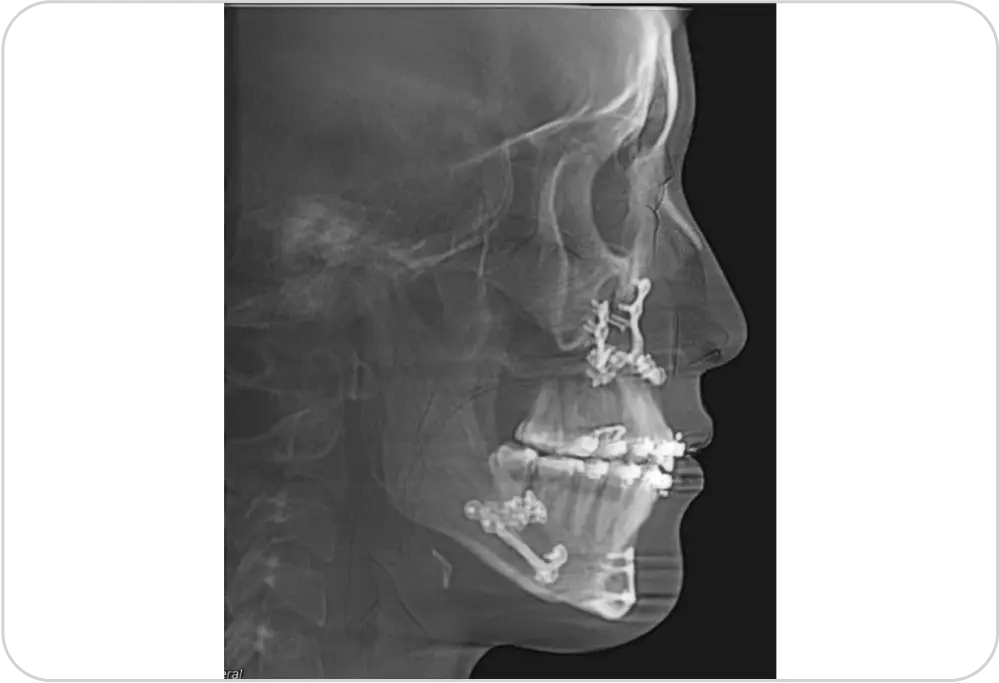
Condition
Condylar Hypoplasia Type 2
Condylar Hypoplasia Type 2 is a condition characterized by the unilateral overgrowth of a part of the jaw. Usually caused by a benign tumor called an osteochondroma on one condyle of the mandible. It consists of a bony projection covered by a cartilage cap and can cause pain, swelling, and limited range of motion in the affected area. It can develop at any age although more often during adolescence. The growth process can continue indefinitely, with progressive worsening of the facial asymmetry. It can result in asymmetry of the jaw, facial deformities, and malocclusion.
Common Symptoms
Individuals with this condition may experience facial asymmetry, misalignment of the upper and
lower teeth, restricted ability to fully open or close the mouth, discomfort in the
temporomandibular joint, difficulties with speech, chewing, and possible psychological effects
due to the discomfort.
Procedure Performed
Lefort 1 Segmental Osteotomy. Bilateral Saggital Split Osteotomy. Genioplasty.
About This Patient
She first noticed slight misalignment and difficulty chewing on one side of her mouth, but she didn’t seek treatment right away. Over time, her condition worsened, leading to asymmetry, a crossbite, tension headaches, teeth grinding, and sleep troubles. Seeking a second opinion, she was diagnosed with a benign bone tumor in the right condyle. Under the care of Dr. Movahed, she underwent surgery and experienced significant improvement. She now realizes how much better she feels without pain and discomfort, allowing her to focus on other aspects of life and appreciate the importance of good health.
Play Video
In This Video
She was recommended to Dr. Movahed after seeking help for her asymmetrical jaws. Dr.
Movahed diagnosed a benign bone tumor on her right condyle. Before the surgery, she was
experiencing trouble sleeping, headaches, and TMJ pain. After the surgery, she can eat and
speak more comfortably. She expands on her experience more in the video.

Before
After

Before
After

Before Occlusion

After Occlusion

Before Surgery

After Surgery

Before Surgery

After Surgery
Dr. Movahed’s Thoughts...

Play Video
“In this video, Dr. Movahed talks about Natalie’s condylar hypoplasia – a condition which
caused her jaw to shift and cause joint pain. Her facial asymmetry and discomfort were
challenging to deal with. Dr. Movahed performed a precise reduction of the condyle head by
eight millimeters to address the benign tumor. Then he corrected facial asymmetry, including
pitch, yaw, and roll, to harmonize her face’s midline. Genioplasty and upper jaw impaction
further improved facial proportions. Natalie had a great outcome and recovered exceptionally
well from the surgery.”
